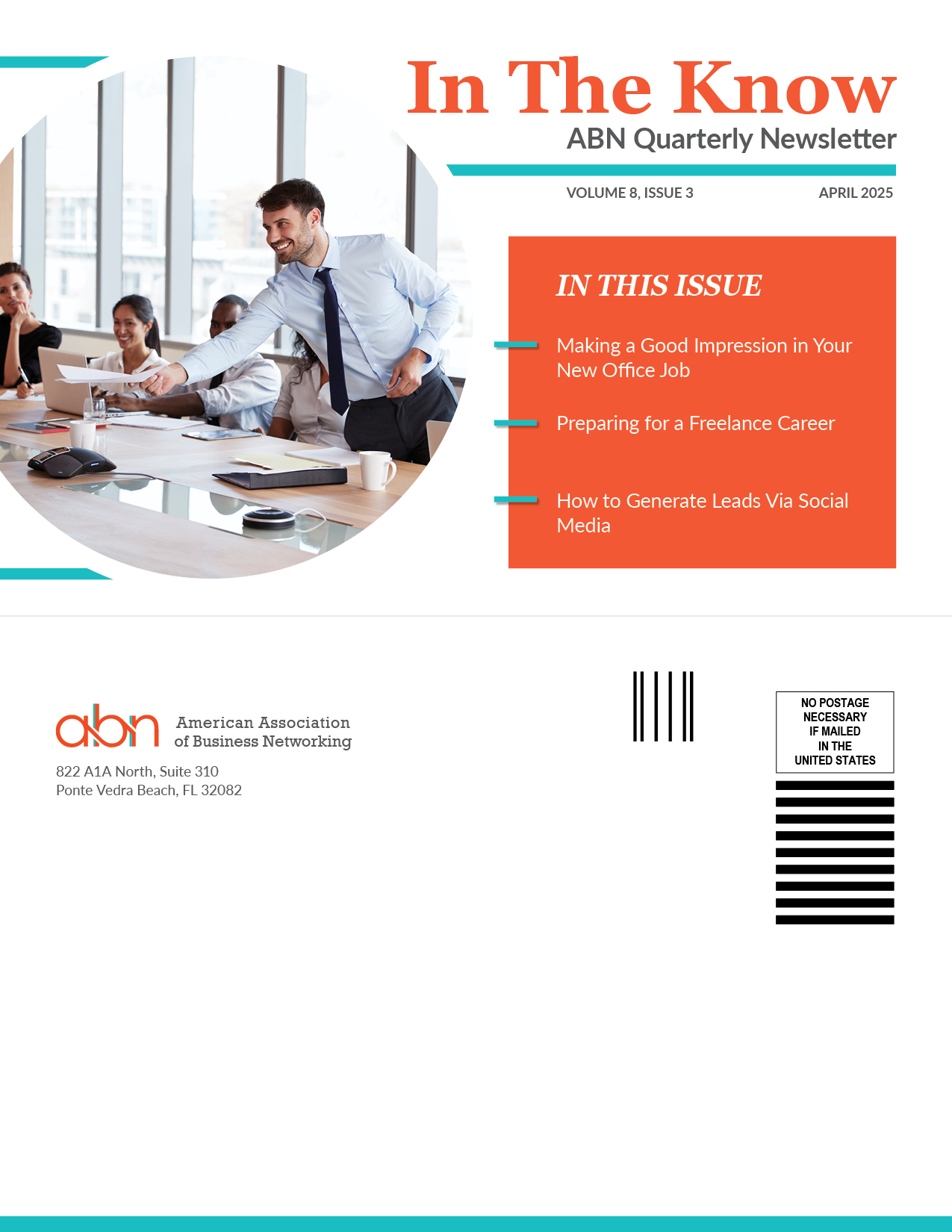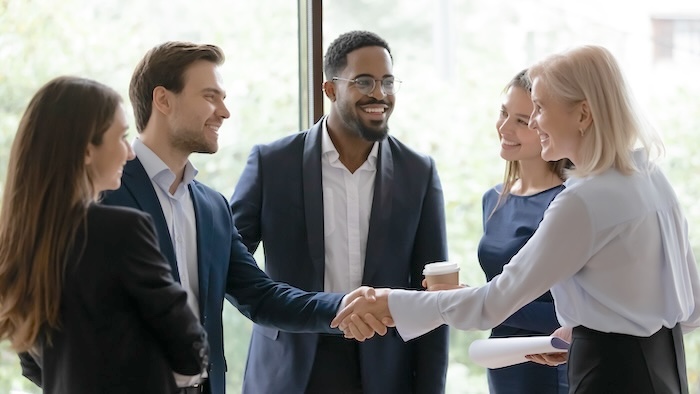Key Email Marketing Metrics Every Business Should Monitor Closely
As a business owner, you should already know how powerful email marketing can be for driving engagement, conversions, and revenue. But with so many metrics to keep track of, it’s easy to overlook the ones that can make or break your campaigns. Let’s dive into five essential email marketing metrics that you should be monitoring closely to maximize the performance of your email campaigns.
Open Rate: Capturing Audience Attention
Think of the open rate as your email’s first hurdle. It tells you what percentage of recipients opened your email, which is a good indicator of how compelling your subject line, sender name, and preview text are. A high open rate means you’re grabbing people’s attention and making them curious about what’s inside.
According to Mailchimp’s data from December 2023, the average open rate across industries was 34.23%. Beating that average suggests your emails are connecting well with your audience. This connection drives increased engagement, ultimately propelling you closer to your marketing goals.
To boost your open rate:
- Write clear, compelling subject lines that spark curiosity.
- Use personalization, emojis, urgency, or exclusivity.
- Ensure your sender name is recognizable and trusted.
- Provide preview text that complements your subject line and draws readers in.
Click-Through Rate: Driving Engagement
Open rates show initial interest, but the click-through rate (CTR) tells you who’s truly engaged. CTR tracks the percentage of recipients who clicked on at least one link in your email.
According to a 2022 Campaign Monitor report, the average CTR across industries was 2.3%. A strong CTR is a good indicator that your message resonates and inspires action.
To boost CTR:
- Design visually appealing, mobile-responsive emails.
- Use clear, prominent calls-to-action (CTAs).
- Provide valuable, relevant content that encourages clicks.
- Segment your lists and personalize messages for better targeting.
Conversion Rate: The Ultimate Goal
Your conversion rate is the metric that matters most. This metric measures the percentage of recipients who completed your desired action, whether that’s a purchase, application, registration, or file download.
According to a 2023 study by Ruler, the average conversion rate across all industries is 2.6%. However, conversion rates can vary significantly depending on your industry and audience. Each objective has a different associated conversion rate benchmark.
To optimize conversions:
- Create a seamless experience from email to landing page.
- Use clear, persuasive CTAs.
- Keep messaging consistent across channels.
- Make sure your website or checkout flow is user-friendly and free of friction.
- Consider offering incentives like discounts or exclusive content.
Bounce Rate: Maintaining a Healthy List
Bounce rate tracks the percentage of emails that couldn’t be delivered due to invalid or non-existent email addresses. A high bounce rate can hurt deliverability and sender reputation.
A Hubspot report from 2023 showed that across industries, the average hard bounce rate was 0.48%. A healthy bounce rate signifies that your email list is clean and well-maintained, which increases the chances that your messages will successfully land in recipients’ inboxes.
To keep your bounce rate low:
- Regularly remove invalid or inactive email addresses.
- Retry sending emails that initially bounced due to temporary issues.
- Implement double opt-in signup processes.
- Use email verification tools to validate addresses during signup.
Unsubscribe Rate: A Wake-Up Call
Unsubscribes aren’t fun, but they’re worth paying attention to. This metric shows the percentage of recipients who opted out of receiving your emails, and a high unsubscribe rate can signal something in your email strategy isn’t resonating.
The 2023 Hubspot report also showed the average unsubscribe rate to be around 0.26%. A good unsubscribe rate signifies that your email content and strategy are effectively engaging your audience, reducing the likelihood of recipients tuning out.
To keep your unsubscribe rate low:
- Focus on providing value and relevance in every email.
- Segment your lists to deliver targeted, personalized content.
- Make it easy for subscribers to manage preferences and adjust interests.
- Allow subscribers to “pause” without unsubscribing entirely.
Unleashing the Power of Email Marketing Metrics
Monitoring these key email marketing metrics can unlock a treasure trove of insights into your campaigns’ performance. With this knowledge, you’ll be empowered to make data-driven decisions, fine-tune your strategies, and drive more meaningful results.
Different industries have varying rates of engagement, so view metrics contextually and research industry-specific benchmarks. Track your own rates over time, compare them to averages, and identify what resonates best with your audience. Don’t fixate on a single metric; focus on overall campaign effectiveness and make gradual enhancements.
Continuous measurement, analysis, and optimization based on these metrics are the key to successful email marketing. Stay curious, keep learning, and never stop striving to improve.












